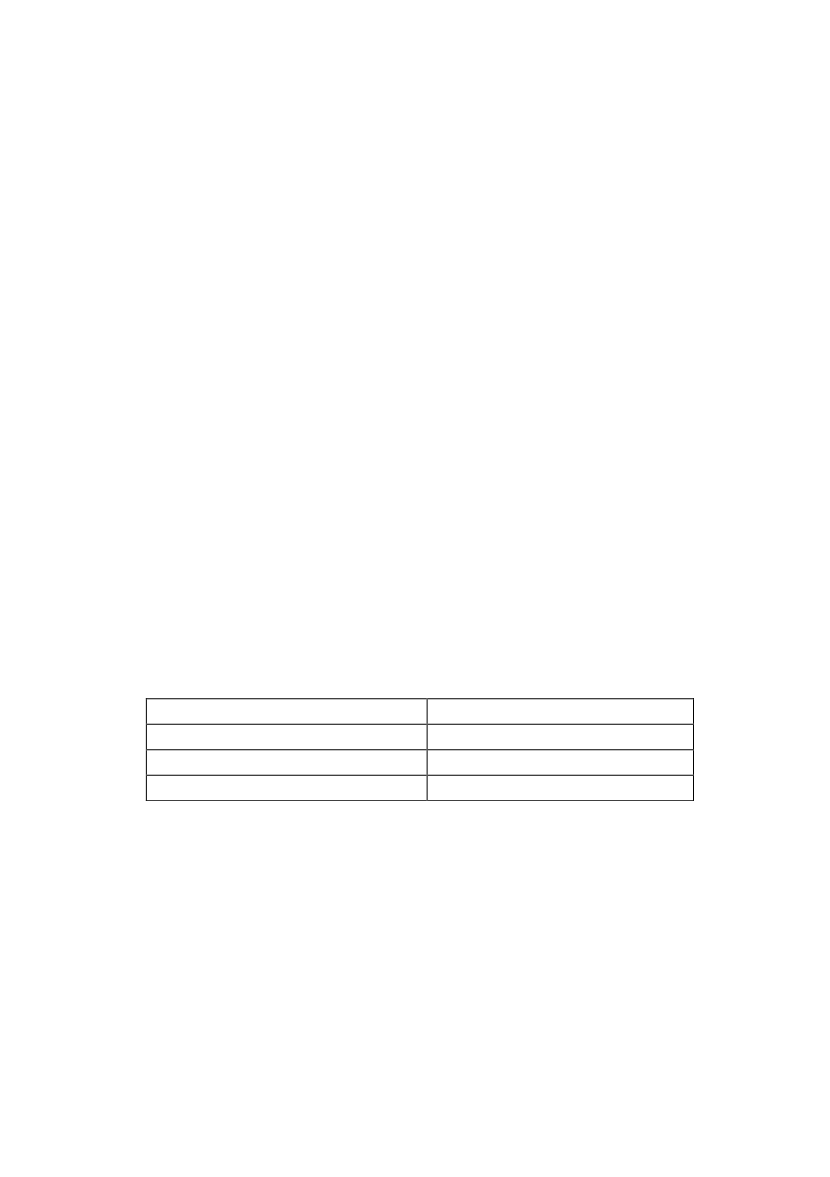

Vico’s Ring
103
mature Vico are recognizable, to quote M. Lollini: «In questa ri-
cerca di una dimensione umana universale nella
Scienza nuova
Vi-
co non abbandona completamente le origini metafisiche del suo
pensiero e la distinzione tra la creazione divina e la creazione
umana del mondo che era al centro del
De antiquissima
(In this
inquiry into a universal human dimension in
Scienza nuova
, Vico
does not completely give up the metaphysical origins of his
thought and the distinction at the center of
De antiquissima
be-
tween the divine creation and the human creation of the
world)»
246
. It is therefore with respect to the structure – rather
than the subject itself – of his epistemology with which our pre-
sent inquiry concern itself. More specifically, it revolves around
the functorial trichotomous framework that we have posited for
Scienza nuova.
In the earlier essay, a trichotomous epistemology was attribut-
ed to
De antiquissima
247
, consisting of (1) “metaphysics”, (2)
mathematics, and (3) “physics”. Furthermore, the relationships
among these three “realms” or spheres were portrayed in catego-
ry-theoretic/ functorial terms
248
. Our thesis is therefore that on
this structural level, a certain correspondence can be established
between the two works, as summarized in the following table:
De antiquissima
Scienza nuova
“Metaphysical points”,
conatus
“Philosophy”
Mathematics
“Philology”
“Physics”
Human world
Such imputed “correspondence” needs to be understood,
clearly, in a most general sense; it would, for example, not do to
go a step further and imply that “philology” has the same logic
249
properties as mathematics
250
. The principal insight gathered from
such juxtaposition is Vico’s adherence to a complex, but never-
theless coherent, view of the epistemic enterprise throughout his
life, initially devised to solve and resolve the incongruities that he
(and others) found in influential early modern theories of
















